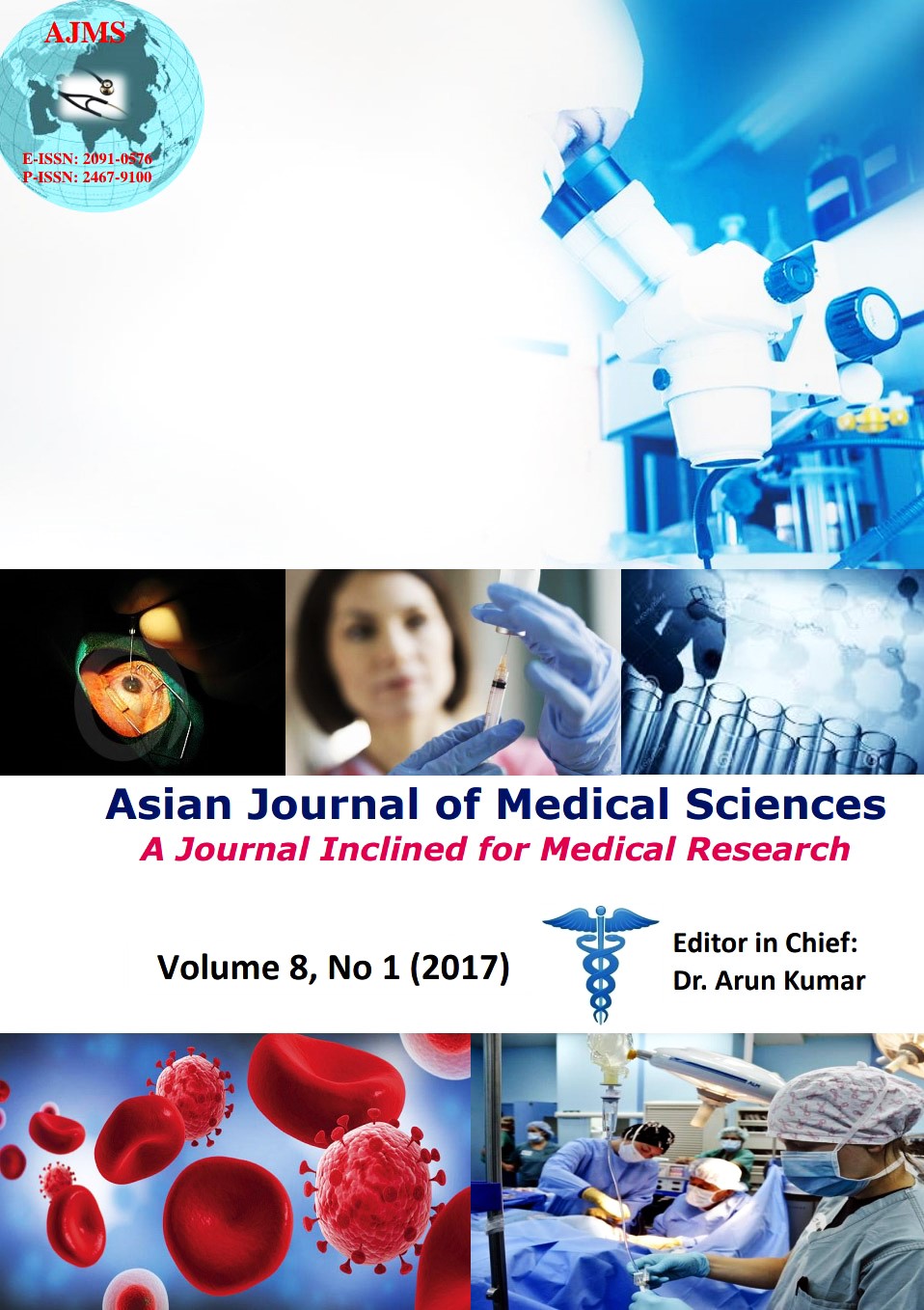Correlation between maxillary sinus floor topography and relative root position of posterior teeth using Orthopantomograph and Digital Volumetric Tomography
Keywords:
Maxillary sinus floor, Orthopantomograph, Digital Volumetric TomographyAbstract
Background: Maxillary sinus and its close proximity to the oral cavity make it a common clinical concern for medical and dental practitioners. Due to anatomical complexities, it is difficult to evaluate the relation between the root apices of maxillary posterior teeth and the floor of maxillary sinus which is essential for diagnosis of sinus pathology, understanding the path of dental infection and planning of dental treatment.
Aims and Objectives: To correlate the topographic relationship of the maxillary sinus floor to the maxillary posterior teeth roots as imaged by pairs of Orthopantomograph (OPG) and Digital Volumetric Tomography images (DVT).
Materials and Methods: A total of 510 maxillary teeth from 85 patients were classified according to their topographic relationship to the maxillary sinus and measured according to their projection lengths on the sinus cavity using OPG and DVT modalities.
Results: In cases of classification 0, 85% and in classification 1 , 55.3% cases shows similar classification in both OPG and DVT. 28.5% of cases in both imaging modalities show classification 2. Only 15.9% of teeth roots exhibits classification 3. 11.1% of cases showed classification 4.The panoramic radiograph showed a statistically significant 2.24 times longer root projection on the sinus cavity in OPG comparison to DVT images.
Conclusion: Teeth roots projecting in to the sinus in OPG, shows no vertical protrusion in to the sinus in DVT images. Hence DVT was better than OPG with measurements that were more exact and closer to anatomical reality.
Asian Journal of Medical Sciences Vol.8(1) 2017 26-31
Downloads
Downloads
Additional Files
Published
How to Cite
Issue
Section
License
Authors who publish with this journal agree to the following terms:
- The journal holds copyright and publishes the work under a Creative Commons CC-BY-NC license that permits use, distribution and reprduction in any medium, provided the original work is properly cited and is not used for commercial purposes. The journal should be recognised as the original publisher of this work.
- Authors are able to enter into separate, additional contractual arrangements for the non-exclusive distribution of the journal's published version of the work (e.g., post it to an institutional repository or publish it in a book), with an acknowledgement of its initial publication in this journal.
- Authors are permitted and encouraged to post their work online (e.g., in institutional repositories or on their website) prior to and during the submission process, as it can lead to productive exchanges, as well as earlier and greater citation of published work (See The Effect of Open Access).




